Every time a new edition of the Setouchi Triennale is around the corner, one of the “traditions” of this blog is to interview a few of the artists who are taking part in the festival.
This year, it’s Sarah Westphal who kindly answered my questions first. We briefly met last winter for a coffee in Takamatsu, and I can’t wait to meet with her again when she returns to Japan, this time hopefully on Ogijima.
In the meantime, here is what she had to tell us about herself and her upcoming work on Ogijima.
Can you tell us a little bit about yourself?
I was born in Germany, I live and work in different places.
Traveling is an important source for my work. I often make work based on the layered history and stories of the people that cross my path.
And here is her Artist Statement:
In her multidisciplinary work, Sarah Westphal explores notions such as time, perception, and consciousness. Space serves as a container and projection screen of these elements. What is the relationship between people, objects and their surroundings? A key part of this investigation focuses on how qualities of place contribute to our human experience. How do we perceive the world around us? What stories can be read from the layered history of imprints?
In a kind of archaeological research, Westphal (re)constructs missing links in site-specific installations that can be physically experienced. Sculptures, photographs and projections shift between two- and three-dimensionality, between reality and fiction. With an evocative tactility and high sensuality, Westphal opens up spaces inviting the viewer to get lost in them. The entire oeuvre is a labyrinth in which to wander and lose one’s way, a mental space that seduces and deceives. Westphal’s slow process of waiting, watching, where the gaze sees, feels, hears and tastes could be an antidote to the ephemerality of images nowadays.
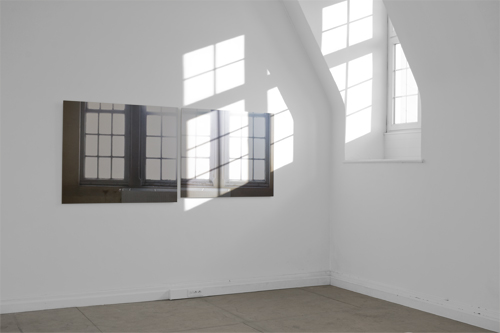
Photographic installation, series of photographic images, daylight, Leopold Barracks, Ghent (Belgium), 2009
2. How did you hear about the Setouchi Triennale and what made you want to take part in it?
I heard from the Setouchi Triennale 2016 when I was an artist in residence in Kanazawa. Last year, I got the invitation to be part of the Triennale. I feel very honored to contribute to this special event. The scenery of the Seto Inland Sea is just breathtaking and I love the social aspect of the Triennale, to revive the area and working with the inhabitants. I visited the area for some weeks to develop my work. I got very warmly welcomed by everyone and it is touching to see the community spirit that is living there.
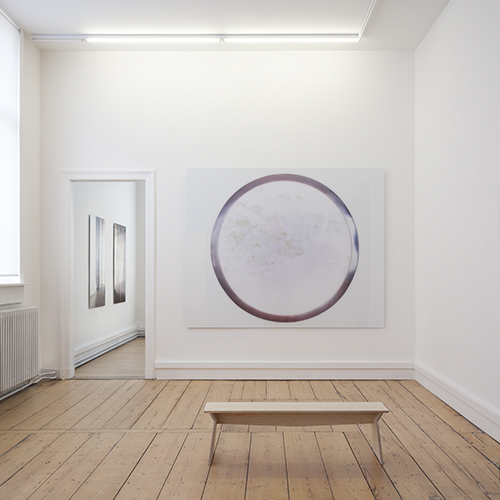
Solo exhibition, mariondecannière, Antwerp (BE), 2017
3. Did you get to choose the location where your artwork will be shown? If yes, what guided your choice?
My work is made for the former post office on Ogijima. The work grew organically and interweaved with the island and the inhabitants. I like Ogijima so much because it is very charming with its small streets, the way houses are build against the hill. It has something very authentic. I love to see elderly people strolling with their Onba along with cats and the young people that started living on the island. It seems that there is so much freedom and you have a different perception of time there.
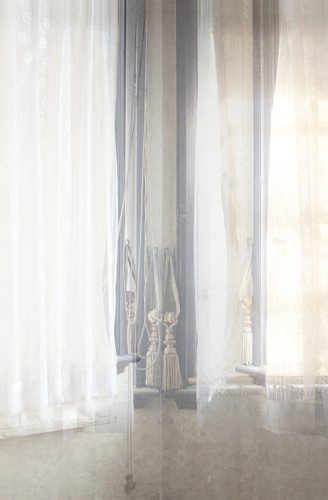
Inkjet prints mounted on Dibond, 2017
85 x 130 cm
4. What can you tell us about your work for the Triennale?
For the Triennale I make an installation called The Sea Within – The See Within.
During my research I got fascinated by the Seto Inland Sea and especially some of its inhabitants, the “tako“. Via the Koebi organization and the team of the Triennale I got to meet an old fisherman who lives on Ogi. We met several times after he came back from fishing and I was able to study and film the animals. The installation grew from this and I looked for ways to capture the specific light of the Seto Inland Sea. The title of the work refers to the sea itself as well as the fact that the human body consists up to 60% of water and that we have incorporated the sea. So there is still this kind of connection with the sea and a longing for the sea living in us.
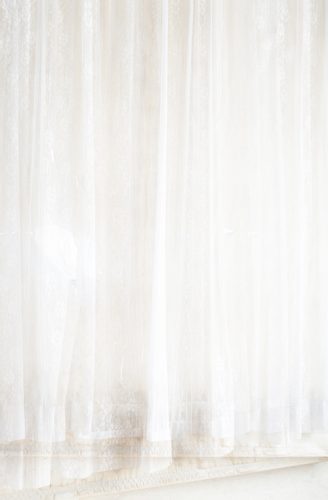
Prints on Japenese paper, framed, 2017
89 x 133 cm
Sarah added a small text describing the work further:
The Sea Within – The See Within
In a scenery scape of light and shadows – a sea of light – the artists reflects upon the history of the island Ogijima surrounded by the Seto Inland Sea. Withdrawn from the outside world the viewer is immersed and invited to sit down. The typical light of the Seto Inland Sea is emited into the floating space. Gigantic tentacles of an octopus hug and snuggle the walls, synchronising with the viewers beath while haunting the space.
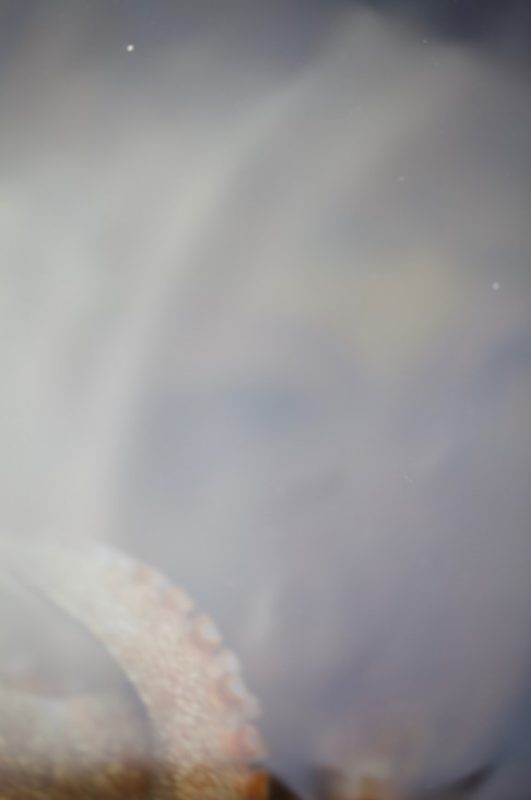
Ogijima, 2019
Thanks a lot, Sarah. I’m looking forward to meeting you again and to experience your work.
Sarah Westphal Official Website
Earlier versions of Artist Statement and artwork description can be found on the Triennale’s official website.
Photo credits: pictures of the artworks were kindly provided by Sarah Westphal and can also be found on her website.
Discover more from Setouchi Explorer
Subscribe to get the latest posts sent to your email.